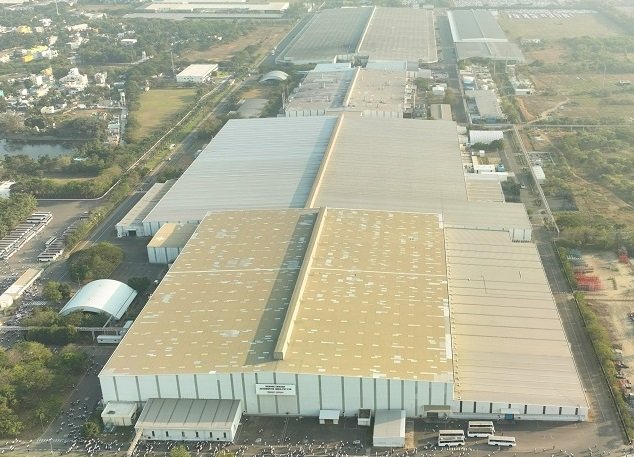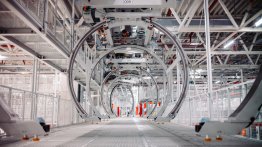On August 26, 2008, the foundation stone for what would eventually become the state-of-the-art manufacturing facility of Renault Nissan Automotive India Pvt Ltd (RNAIPL) was placed in the rapidly developing automotive cluster of Oragadam on the outskirts of Chennai.
Fast forward 15 years and RNAIPL has now established itself as a leading automotive manufacturer having produced over 2.5 million Renault and Nissan cars in India for domestic and export markets. The plant is also set to continue its exciting journey as it looks to roll out six new models, including two EVs, over the next few years.
15 momentous milestones from RNAIPL’s 15 years
1. RNAIPL is the first dedicated Alliance manufacturing plant globally for the Renault Nissan Alliance.
2. From its foundation in 2008 to the production of its first car in May 2010, RNAIPL’s manufacturing facilities were constructed and went live in record time.
3. The first car produced by RNAIPL was a Nissan Micra.
4. RNAIPL manufactured its first 100,000 vehicles within a year of start of operations
5. On average, RNAIPL has built one car every three minutes since start of production.
6. RNAIPL has manufactured 20 models of Renault and Nissan cars.
7. By September 2013, RNAIPL had manufactured half a million vehicles. 1 million milestone reached by January 2016.
8. By July 2023, RNAIPL had manufactured more than 2.5 million cars
9. As part of the USD 600 million investment by the Renault Nissan Alliance in India, RNAIPL will be manufacturing six new models of cars, including two EVs.
10. RNAIPL was the first auto manufacturer to use Kamarajar Port (previously Ennore Port) to export cars.
11. Over 1.15 million cars manufactured here have been exported to over 108 countries.
12. RNAIPL is set to become carbon neutral by 2045.
13. RNAIPL currently sources 60% of its energy requirements from renewable sources.
14. RNAIPL meets 85% of its water needs from harvested rainwater and is working to becoming water-positive by 2030.
15. RNAIPL’s Corporate Social Responsibility (CSR) projects have touched the lives of more than 100,000 people in local communities.













